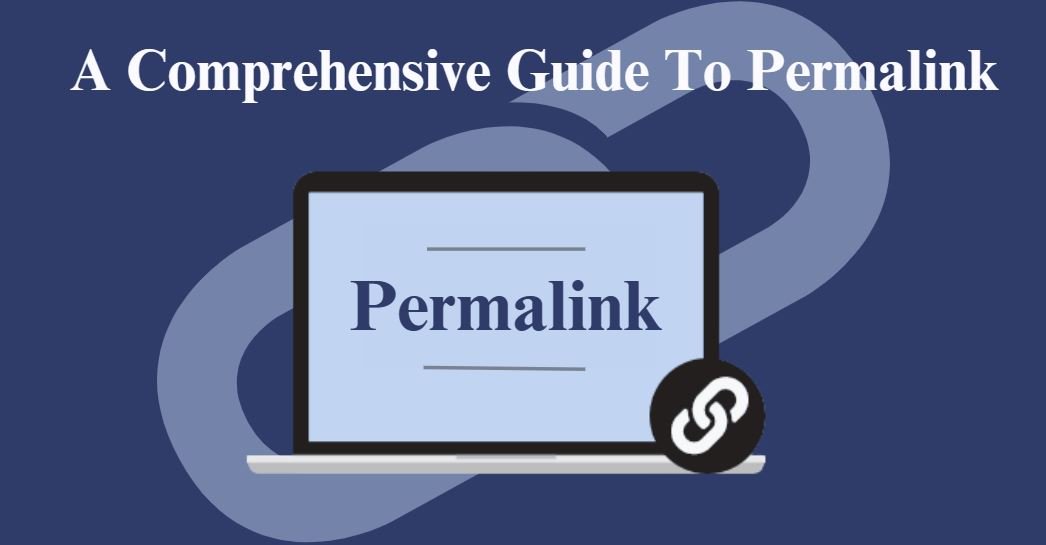Introduction to SEO
SEO is one of the most trending topics on the web. A few years back, all internet marketing gurus were debating around the number of backlinks, determining search engine optimization results. However, SEO’s world has evolved a lot since then; major search engines constantly changing the rules of the game.
Due to the latest Google updates, the main accent is no longer on the quantity of links, nor on the page rank of the link feeding sites, but on the site’s quality and updates. It’s great to have a lot of good keywords, but it’s even more important that those fit your content; benefiting visitors to your site.

Image Credits@www.sxc.hu/photo/1383206
To assure that you do not have to constantly review your SEO strategy with every single search engine update; you should rather focus on the core SEO principles:
- Content readability – Techniques based on helping Search Engines understand your content; pick the right technologies for your site, use H tags and Alt attributes, “dashes” between words in URLs, meta description, good site architecture, etc.
- Highly targeted unique content – Follow the golden rule: 1 topic = 1 page as often as you can. You should also assure that your site provides plenty of content with a minimum of 250 unique words per page.
- User Behavior – Write quality content for visitors to remain on your site as long as possible, browse through many pages, and complete your website goal.
The facts are speaking – most of the SEO industry has embraced content marketing heavily over the past few years. Making the right impression online is essential to the success of your business. The modern approach of content marketing is not just blogging. It’s the act of distributing valuable content to prospects without over selling, while keeping one premium goal in mind – to attract and engage your target audience.
This article is going to focus on content marketing, since there is plenty of online information available about the content readability and SEO site architecture; which are more technical topics.
Here are some essential cornerstones of a great content that marketers need to keep in mind:
1. Research wisely before you start
Why don’t you think of your content as a business asset? That puts a whole new perspective since benefits go far beyond the links you get. Having a solid knowledge of SEO and copywriting background is a must have before you start the content creation process. It is vital that you get familiar with all the content marketing terminology and educate yourself on the following:
- Why content is important for SEO?
Quality content is the key to SEO. Here comes the golden rule – the more the better; the quality of content defines how well it does the job you created it for. It improves the usability, search ability and ranking of your website, taking decent care of your brand awareness.
- Why unique content is important for SEO?
Creating quality content will help brand your website as well as increase its overall Google Rankings. As you may know search engines such as Google, Yahoo or Bing scan sites and perform an individual word count of your text; viewing most repeated words on a page as best defining your content (also called Keywords). Thus the rule of one page = one topic; letting search engines fully understand what need a given page of your site is answering.
- What If I have duplicate content?
If you come across a good article and choose to copy – paste it on your site, Google will not reference it in the results of search engines as it believes that this content already being available somewhere else it does not need to be included twice. This is why a strong emphasis needs to be placed on creating unique text for your website.
- Why update your site on a regular basis?
Keeping your content regularly updated allows Search Engines to know that your site is still very much alive and proposes fresh and up to date content. This will help to increase your sites positioning or, at least keep its position steady avoiding its gradual fall in the rankings.
2. Target Your Audience
An essential part of any content strategy is to identify and create the content your audience needs at each stage of the buying cycle and then measuring whether it triggered the desired response. That’s why you have to thoughtfully identify and target your audience and accordingly create content that people will read and share.
Here are a few tricks to help you do that:
Write content pitches considering your target audience “prototype”
- Answer the following questions:
- What is my audience interested in?
- What would they want to read?
- What do they search for?
- What added value would your content bring?
- Explore the demographic factor – age, gender, language, location, level of education, social position, martial or family status, occupation and income, political interests, etc.
- Conduct surveys to discover the personality traits, emotions, needs, passions and frustrations.
- Manage an annual audience assessment to get the best results from your marketing strategies.
Promote your content to the right audience
- Find online forums, groups or associations that appeal to your audience.
- Define the key influencers – bloggers, marketers, experts, reporters, social media addicts.
- Ensure Social Media spread for the content created – Manage the sharing options by simply placing sharing buttons (Facebook, Twitter, Linkedin and Google+), create and utilize profiles in Social Media.
3. Build an effective content strategy
As more brands start to delve into the world of content marketing, it’s important they do so with a clear set of objectives and an effective content strategy to help them obtain a maximum return from their activity.
- Develop a relevant content framework
- Gather feedback (surveys and polls)
- Make sure that your content perfectly corresponds to your brand marketing pitches
- Apply effective monitoring and analysis (Leverage analytics tools totrack users engagement)
- Research competitors’content (gain a clear notion what is well accepted and what fails in the rivals’ practices).
4. Precisely plan on how to best structure your content
Since internet users used to scan instead of read, web writing structure in a traditional essay format appears now to be extremely ineffective.
Discover how to make your content scannable:
- Use short paragraphs (between 1-4 sentences is a good range to keep up to)
- Bullet point lists are much easier to read and scan in comparison to traditional essay articles
- Apply bold or italics to emphasize points
- Use subheadings to guide your readers through the article.
- Highlight your main points – keep them front and centered
- Include images and visual examples to give your reader a “visual break”
- Keep your content long enough to thoroughly cover the subject and improve SEO.
5. Gather fresh ideas, solid database and reliable sources
Ultimately, your content needs to trigger some kind of emotional response in order to provoke influence. Creating attractive content can be quite tricky specifically in the scope of the ever flowing stream of digital information that is now flooding the web. That’s why prior to “laying the bricks”, you need a solid foundation of fresh and reliable data, curious facts, professional news, updates, etc. Decent punctuation, grammar and spelling is an absolute Must!
To inspire and bring Social Media shares, a piece of content should not only be catchy and engaging, but also highly informative, up to date and providing added value for the customers.
- Discover the most shared type of content and spotlight popular buzzers and current subjects.
- Pin a different angle to your content to provide added value for your customers
- Invite influential authors to guest post in your blog – it is a great way to not only encourage traffic but also boost social media signals.
- Display compelling communication skills to build confidence and trust.
- Make sure your content is understandable and easy to grasp. The tone and speech level should be strictly corresponding to the main characteristics of the target audience.
6. Create content that is not sales focused but customer centric
Today, the web has fundamentally changed the rules of PR and marketing, strongly empowering prospects to make their own purchase decisions; they are now just one click away from leaving a competitor’s online showcase to view yours, and vice-versa. Brands who understand the new rules of PR and marketing develop direct relationships with consumers. And that’s what makes the difference.
Admit it! People simply despise to be constantly “attacked’ by sales material. If you are in a competitive industry, better try to find a super niche way to attract your customers. Even if the ultimate goal of the content marketing is to drive sales, the trick is not to make it obvious. Selling effectiveness requires intuition.
Great content marketing doesn’t need to employ the hard sell but rather focus on educating and delivering added value to the audience. That will sure pay off the efforts, bringing interest, shares and likes to further maximize the SEO effect.
Although search engines have become increasingly sophisticated, still, they can’t see and understand a web page the same way as human does. Search engine optimization isn’t just about getting the technical details of being search-engine friendly. Far too often, website operators forget that quality content is the most important aspect of the contemporary SEO. That undeniably leads to the conclusion: webmasters need to concentrate on providing unique and worthy content to the public.

















